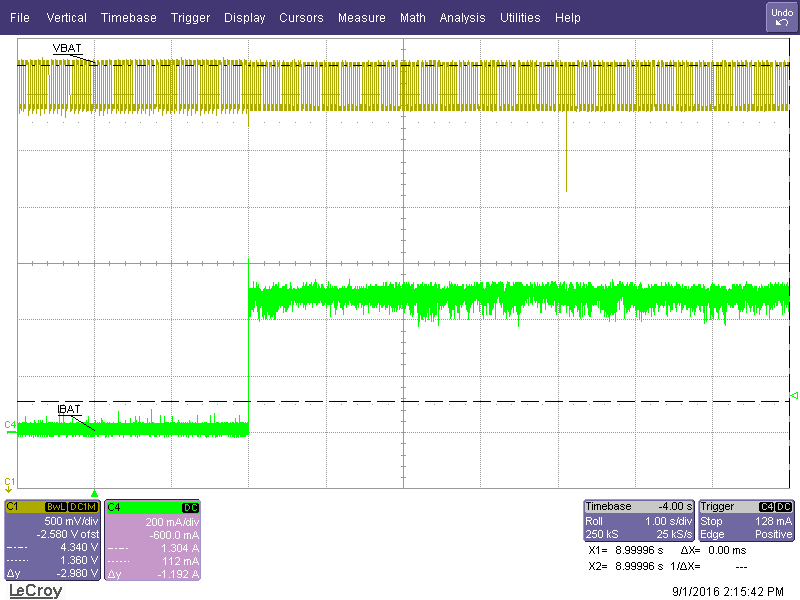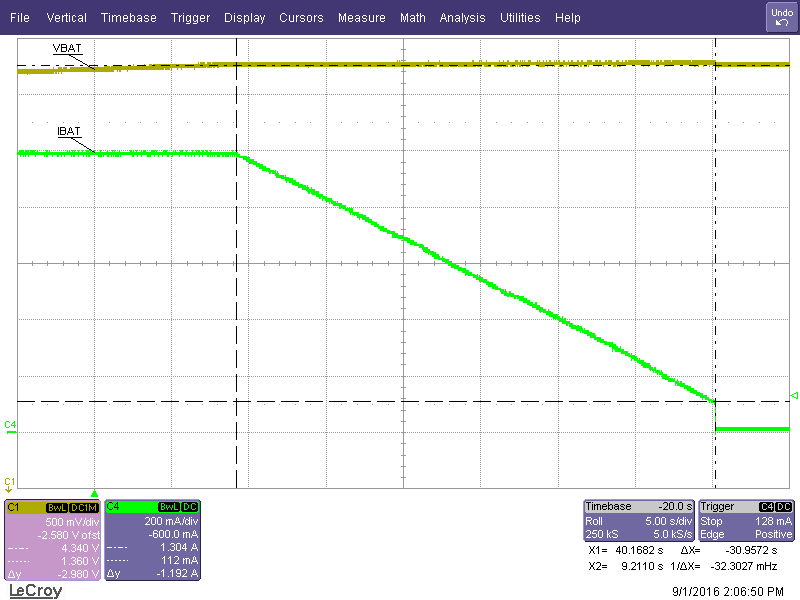Hello,
Could you review attached schematic and let me get the result?
And there are some question
1. If there is any problem when it booting without Battery?
2. When 1A charging current is used, is there any thermal issue?
Please let me get your reply ASAP.
Regards,



